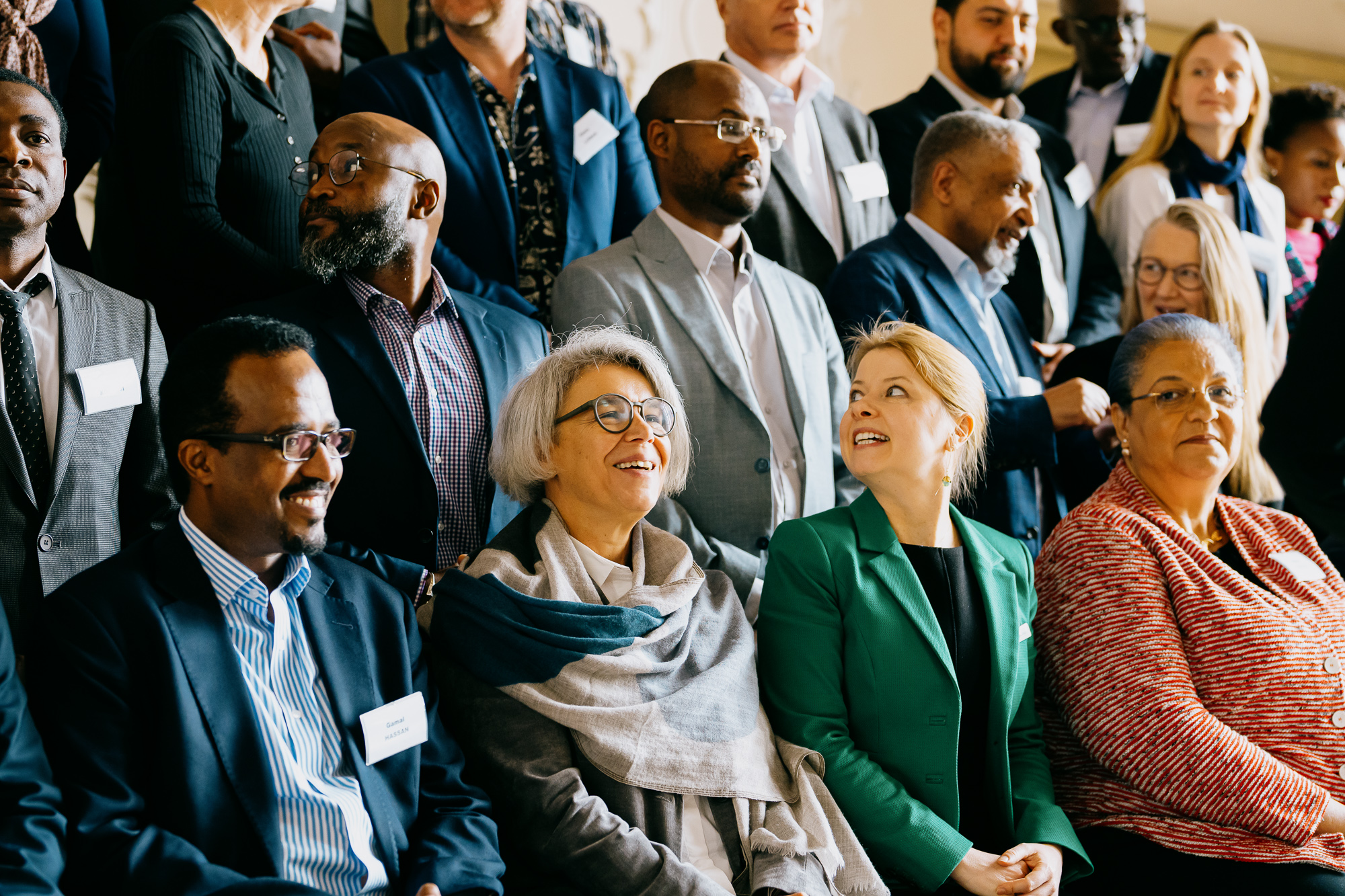In association with GlaxoSmithKline plc, Eli Lilly and Company, Merck & Co and Orange Healthcare
This conference examined converging and interoperable solutions that strengthen international cooperation in combating the production and distribution of substandard/spurious/falsely labelled/falsified/counterfeit (SSFFC) drugs.
Key points to come out of this meeting were:
- The issue of SSFFC drugs affects the availability of safe medicines everywhere. A global solution needs to be applied to what is currently perceived as a national problem. No single nation, region or company can tackle this problem by itself because of the interdependency of the manufacturing and distribution networks.
- An effective response requires firm action by individual countries, complemented by a collective international approach involving regulators, law enforcement, pharmaceutical companies, NGOs and academics. The first step must be to build political support and this will require a demonstration of the economic impact of the issue. Although the G8 Camp David Declaration included references to global health, the challenge now is to find ways to keep access to safe medicines sufficiently high up the agenda so that definite progress can be made. . Controlling online sales requires a specific strategy.
- The World Trade Organisation’s (WTO) free trade laws have opened up markets, but there is an imbalance because corresponding and adequate public health protections have not been developed. A Treaty would attract international attention and resources. The European Directive on Falsified Medicinesi and the Council of Europe Medicrime Convention are potential starting points. Should there be a legal duty to report SSFFC drugs, and if so who should the duty apply to and who should receive the reports? Should the countries which suffer the most from SSFFC drugs take the lead on developing a Treaty? The UN Guidelines for Consumer Protection could be used as a model for new Guidelines for Patient Rights. A McKinsey report highlighted the cost savings and patient safety benefits of adopting a single global standard. However new law would not be a panacea as the countries most at risk from SSFFC drugs probably also lack the technical capacity necessary to fully implement legislation. The US also has a track record of not signing Treaties but taking its own alternative forms of action.
- The breadth of the SSFFC blended definition may be one of the causes of the current inertia. There is consensus around the term ‘counterfeit’, both in terms of what counterfeit means and that counterfeits are a problem which must be tackled. However ‘substandard’ is more controversial. Substandard describes medicines that have less Active Pharmaceutical Ingredient (API) than required, and medicines that have been manufactured correctly but which are subsequently compromised. It is possible for substandard medicines to be acceptable and effective in some contexts but not in others. Many manufacturers of generic medicines are based in India which has its own definitions.
- Progress was made through a 2012 World Health Assembly resolution about a State Mechanism for the World Health Organisation (WHO), but overall the WHO has proved to be a difficult venue for arriving at consensus on how to tackle the SSFFC medicines issue. International regulation of the pharmaceutical industry remains primitive because the WHO works on a consensus basis, which can be slow and difficult to achieve. It is difficult to understand why IMPACT was discontinued, or why the WHO has successfully delivered a Framework Convention on Tobacco Control but has failed to deliver a similar framework Convention on SSFFC medicines.
Further information
Malaria journal: Poor quality vital anti-malarials in Africa
WHO: What encourages counterfeiting of medicines?
Rx-360 Overview and structure January 2013
Five Big Ideas for the Global Struggle Against Fake Medicines (Huffington Post article – 1 July 2013)
Media partner: Securing Industry












